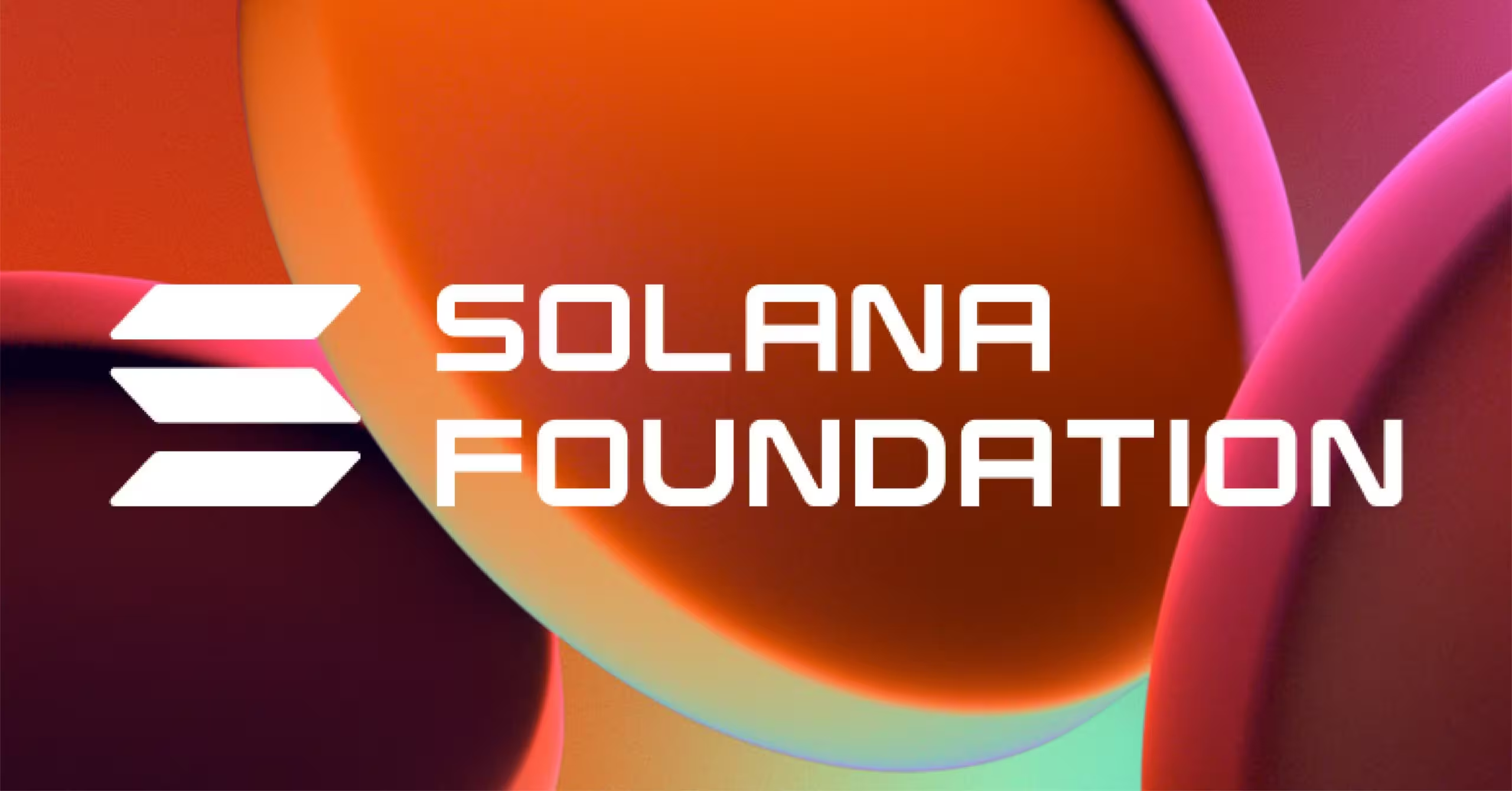5 Minutes
Solana outlines plan for an 'internet capital market' and on-chain IPOs
Solana Foundation President Lily Liu revealed a forward-looking strategy at the Finternet 2025 Asia Digital Finance Summit on Nov. 4, 2025, detailing Solana's bid to build what she called an "internet capital market." The initiative aims to bring native on-chain initial public offerings (IPOs) to the blockchain ecosystem, tokenizing equity issuance and broadening access to liquidity for companies and investors alike.
Bridging traditional finance and blockchain infrastructure
Liu framed the internet capital market as a technological bridge between legacy capital markets and distributed ledgers. Instead of relying on centralized stock exchanges and intermediaries, companies could issue shares as blockchain tokens, using smart contracts for distribution, settlement and compliance. Solana's low fees and high throughput are positioned as the infrastructure enabling rapid, cheap liquidity—key requirements for financial systems that Liu emphasized repeatedly.
How on-chain IPOs could change price discovery and distribution
According to Liu, existing on-chain primitives for order matching, AMMs, and decentralized custody could be adapted to modernize price discovery and securities distribution. Tokenized IPOs would allow more transparent and auditable price formation, and could incorporate on-chain Know-Your-Customer (KYC) and other compliance checks to meet regulatory expectations. Liu described these innovations as a new frontier for capital markets, offering both technological and business-model advantages over conventional IPO mechanics.

Institutional partnerships and stablecoin strategy
Beyond tokenized shares, Liu highlighted Solana's growing role in the stablecoin and payments landscape. The global stablecoin market is estimated at about $307 billion, and Solana already hosts roughly $14.25 billion of that supply, driven primarily by USD Coin (USDC), which represents nearly 65% of stablecoin activity on the chain. These figures underscore Solana's traction as a payments and settlement rail for tokenized fiat and programmable money.
Collaborations with Franklin Templeton, Western Union and others
Liu confirmed that Solana is engaging with established financial institutions to deepen real-world use cases. Partnerships and pilots with firms such as Franklin Templeton and Western Union are designed to expand blockchain-based payments, custody and tokenized asset offerings. One high-profile example is Western Union's U.S. Dollar Payment Token (USDPT), to be issued by Anchorage Digital Bank with Solana providing the blockchain infrastructure and an anticipated full rollout by the first half of 2026.
Why liquidity and cost matter for blockchain finance
On stage, Liu emphasized that practical financial technology is about delivering liquidity that is both fast and inexpensive. She argued that blockchain should be viewed as plumbing for finance: a platform that reduces friction across settlement, custody and distribution. Lower costs and faster settlement windows make on-chain instruments more accessible to retail and institutional investors, potentially increasing market participation and depth.
Regulatory context and industry implications
Liu also acknowledged the evolving regulatory picture for stablecoins and tokenized assets. Increasing attention from jurisdictions like the United States and Hong Kong has pushed stablecoins into the center of fintech roadmaps, with regulators treating them as matters of economic and national security. Solana's approach emphasizes collaboration with regulated entities and built-in compliance capabilities—measures intended to align tokenized IPOs and stablecoin initiatives with market rules and investor protections.
What this means for investors and issuers
If Solana's internet capital market vision materializes, companies would gain a new avenue for raising capital through tokenized equity and structured on-chain offerings, while investors could benefit from broader access, faster secondary trading and greater transparency in price formation. For the crypto sector, successful on-chain IPOs would signal a maturation of blockchain utility—shifting the conversation from speculative narratives to infrastructure that supports mainstream finance.
Outlook and next steps
Liu suggested on-chain native IPOs could arrive within the next few years, contingent on continued tech development and regulatory engagement. As Solana pursues pilot programs with institutional partners and scales stablecoin use cases, the project aims to prove that tokenized capital markets can be safe, liquid and compliant. Whether this becomes the industry’s next major adoption vector will depend on regulatory clarity, institutional adoption and the ability of blockchains to sustain secure, low-cost settlement at scale.
For market participants watching tokenization and the stablecoin wave, Solana’s push highlights an important trend: blockchain teams are increasingly focused on pragmatic integrations with traditional finance rather than purely speculative use cases. With key partnerships and measurable stablecoin market share, Solana is positioning itself at the intersection of payments, tokenized securities and on-chain liquidity.
Source: crypto
Comments
Marius
Promising tech, feels a bit overhyped. Solana's fees+speed help, but outages and regulatory risk are real. If they keep uptime could actually shift markets.
blockzen
Is this even real? On-chain IPOs sound cool but who enforces KYC onchain? compliance custody mess, cross-border rules will wreck simple UX unless regs change fast.


Leave a Comment